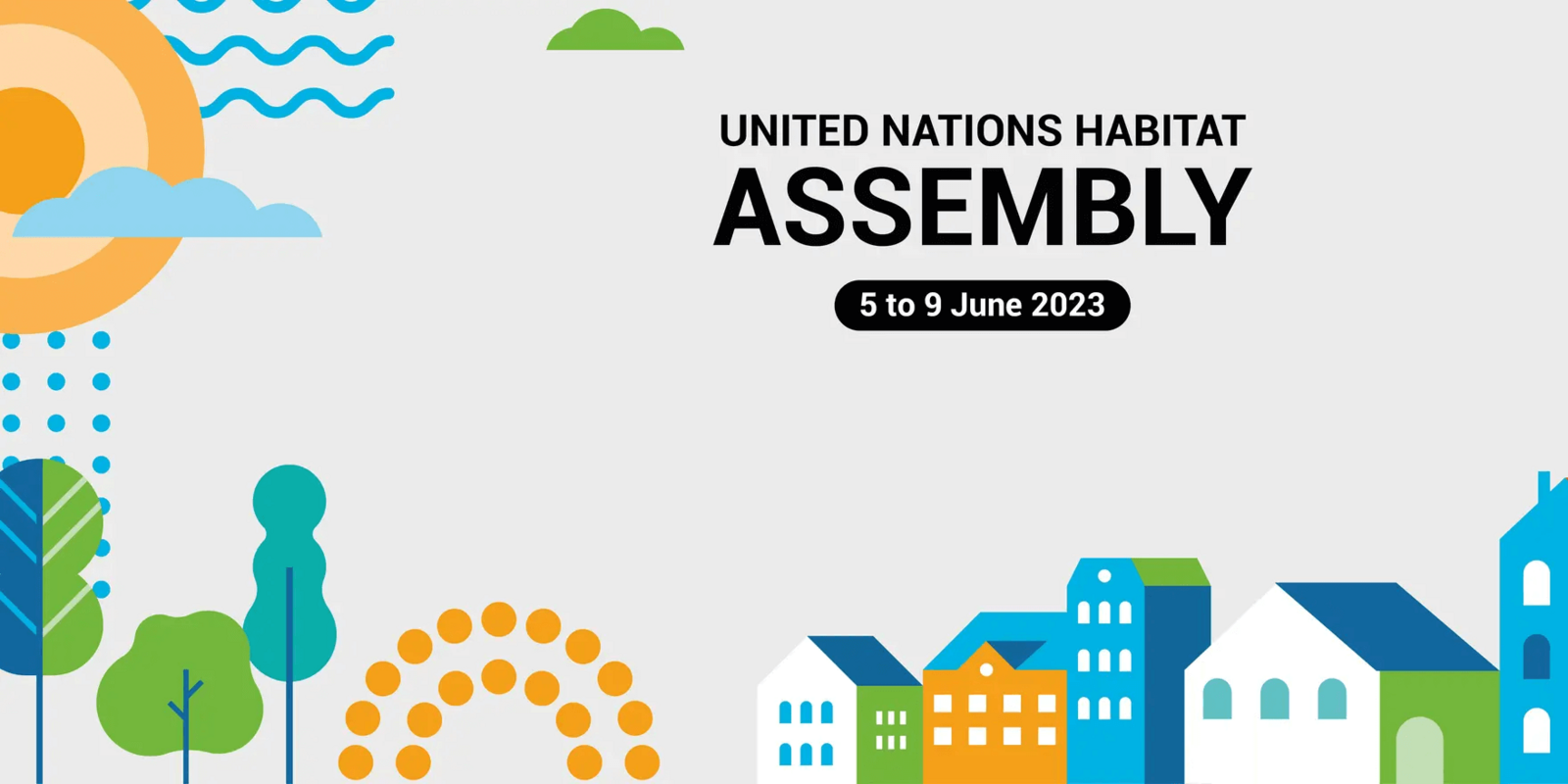日期:2023/09/17 NOAH

By 2030, can we reduce carbon emissions by 45% based on 2010 in accordance with scientific requirements?
do you know?
75% of global carbon dioxide emissions come from urban areas, mainly from urban transportation and buildings, and 55% of the world's population lives in cities. Without action in urban areas, national governments will fail to deliver on their national climate and development commitments.
In the past few years, countries accounting for more than 65% of global carbon dioxide emissions and more than 70% of the world's economic output have made commitments to achieve carbon neutrality goals. A total of more than 10,735 cities have signed up to join the Global Climate and Energy City. In the long-term alliance, more than 700 cities in 53 countries have joined the United Nations’ Race to Zero campaign.

UN-Habitat Executive Director Maimunah Mohd Sharif (left), Martin Kwaku Korsah, Vice President of the UN-Habitat Assembly (2nd left), Rafael Tuts, UN-Habitat's director of global solutions division (2nd right) and Katerina Bezgachina, head of UN Habitat's communications (right) addressing reporters in Nairobi at the close of the second session of the UN-Habitat Assembly. © Reuben Kyama/Urbanet
Addressing urban climate change is not only a technical issue, but also an economic issue involving cost-benefit accounting and a policy issue involving a balanced governance model. Moving towards the goal of low-carbon transformation is also a green recovery path that seeks sustainable economic development.
At the 10th World Urban Forum in Abu Dhabi in 2020, the United Nations Human Settlements Program (UN-HABITAT, hereinafter referred to as: UN-Habitat) and the New Economic Development Institute iNED led the launch of "Future Cities and New Economy" "The first publication in the series of special issues "New Economy and Shared Urban Prosperity".
On this basis, after three years of preparation, UN-Habitat and the Institute for New Economic Development iNED jointly launched the second publication "Green Innovation Drives Carbon Neutrality", focusing on urban green innovation and low-carbon transformation under SDG 11 .
This special issue of "Green Innovation Drives Carbon Neutrality" has received support from dozens of experts and institutions around the world, which proves that green and low-carbon development has become a global development consensus.
This special issue explores technological innovation applications and policies towards the carbon neutral goal through five chapters: vision and challenges towards the carbon neutral goal, smart cities and digital infrastructure, emerging technologies and application scenarios, urban green finance innovation and calls for action Innovate practice and conduct analysis from multiple perspectives such as academic institutions, governments, enterprises, and international organizations. It not only covers in-depth theoretical research, technical overviews, and model prospects, but also includes practical and implementable practical summaries and tools. Introduction and policy recommendations.
In 2023, a critical decade for climate action has just begun, and the 28th United Nations Climate Change Conference (COP28) is about to be held. Global consensus, especially the participation of youth forces, is urgent.
United Nations Habitat Assembly: Affordable Housing for All
The UN-Habitat Assembly is the highest global decision-making body on sustainable urbanisation and human settlements, which convenes every four years. The first session of the assembly took place four years ago.
This year, the assembly adopted a historical resolution on “Affordable Housing for All.” The member states agreed to renew their call to prioritise adequate housing and view housing as a human right for the first time since 1948 when the Universal Declaration of Human Rights was adopted.